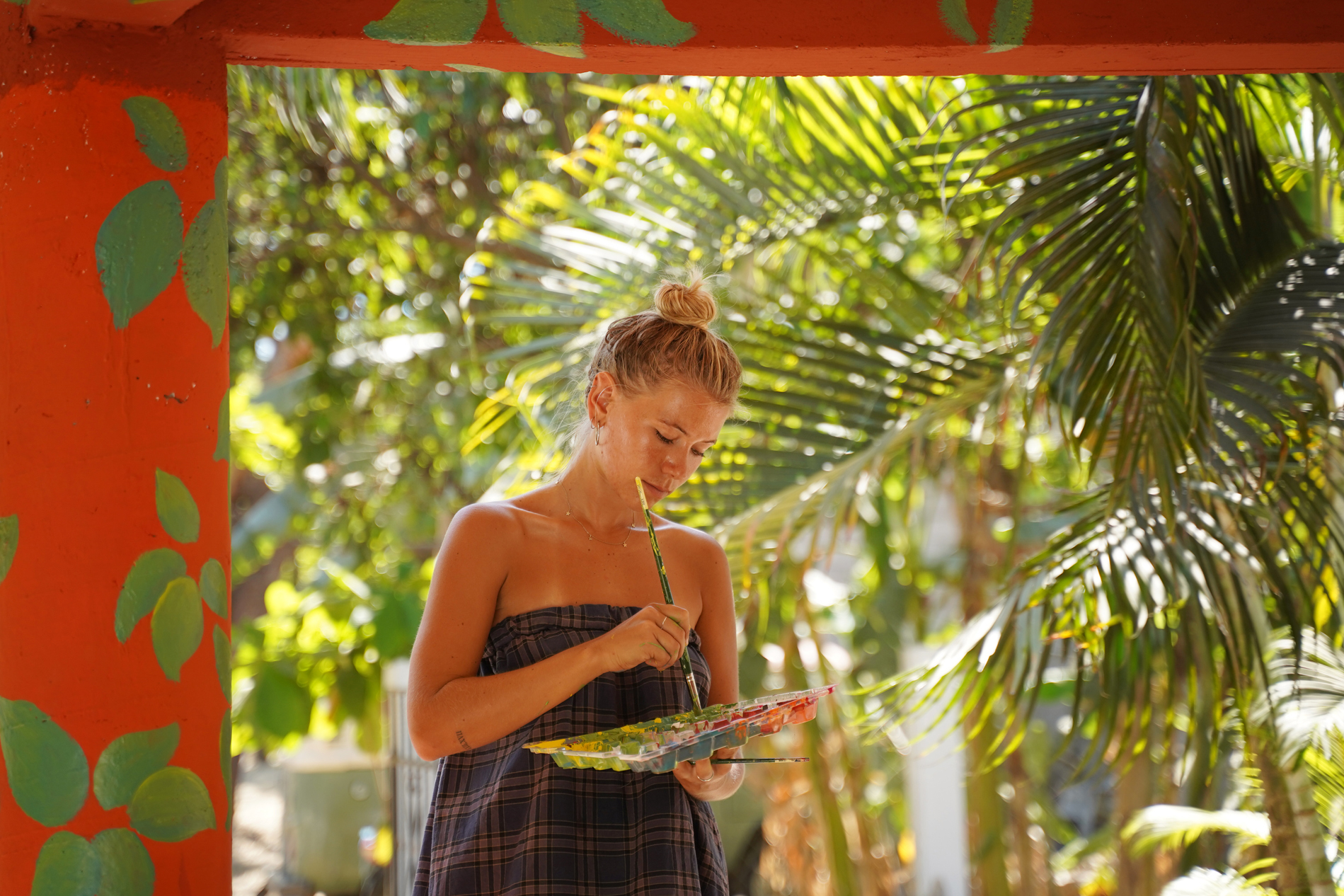
The #1 Guide to Being a Successful Artist Without Social Media
Recently I‘ve written a long rant about why I think social media is terribly damaging to artists – but that left me with the question: What is the alternative? Can you be a successful artist without social media? And if so, how?
I believe it is absolutely still possible to have success as a modern-day illustrator, photographer, or painter even without social media. It is what worked for ages and even though times are changing, there are still many artists making a living with their art without wasting their creative energies on social media.
As a self portrait photographer and illustrator who struggles with a healthy use of social media, I have come up with strategies and ideas that allow artists to make a living with their art without social media which I am happy to share with you.
Top tips for being a successful artist without social media
Build a strong online presence without social media
Let‘s clarify: When I said ‚no social media,‘ I didn‘t mean go offline forever and live in a cave. Even though I have in fact met an amazing Swedish artist living in a cave, having an online presence as an artist is undeniably important!
The following 6 tips will help you to establish an audience online without social media.
#1 – Have your own website
The root for all your actions online should of course be your very own website. Even if you do use social media, it is important to have a place for your art that you truly own.
Ideally, build a self-hosted page, then you get to have the full say on how you want to present your work. Your artistic vision extends way beyond the images. Through a website, you can communicate a lot more about your artwork to your potential clients than through a social media account.
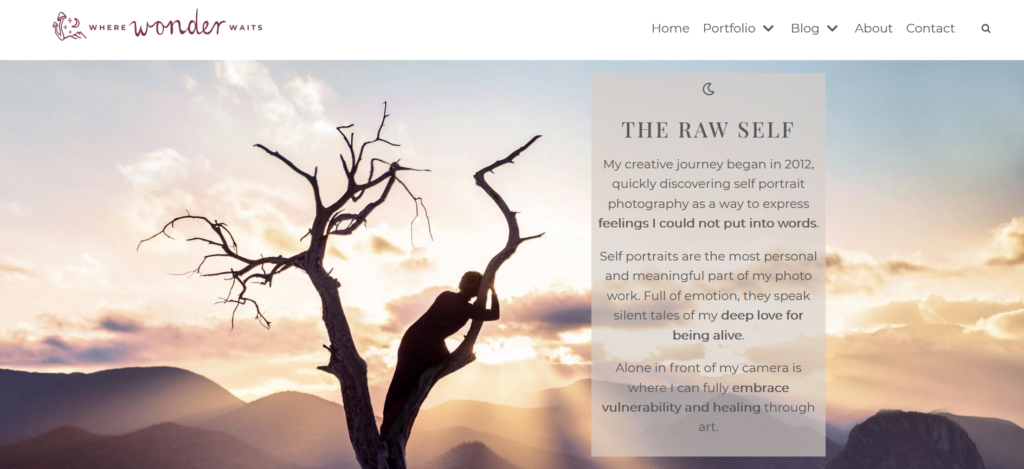
Ownership is also important. Whereas on social media everything is temporary and under some other company‘s control, a self-hosted website allows you to truly own your content.
Lastly, if you want to come across as a professional artist, everybody will expect you to have your own website, ideally with clear, consistent branding.
Things your website should include:
- a nicely presented portfolio (which is not the same as a random collection of Instagram images)
- background information about you and your art
- a way for potential customers to contact you
- possibly a newsletter, blog, and shop (see following points)
#2 – Optimize SEO to get seen as an artist
If you want your website to be seen and rank high in search results, you need to know how to use SEO to your advantage as an artist.
You could aim for two things:
- rank high for your artist or brand name
- rank high for your artistic niche/focus keywords
If you already have a lot of people searching for your name, make sure to make your website show up right as the #1 page in the search results. If you are aiming at a specific keyword, e.g. ‘buy abstract art from Guatemala,’ optimize your page so it will attract your ideal buyers.
Google is the largest traffic machine on the internet, so it is wise to use SEO to get more visibility as an artist.
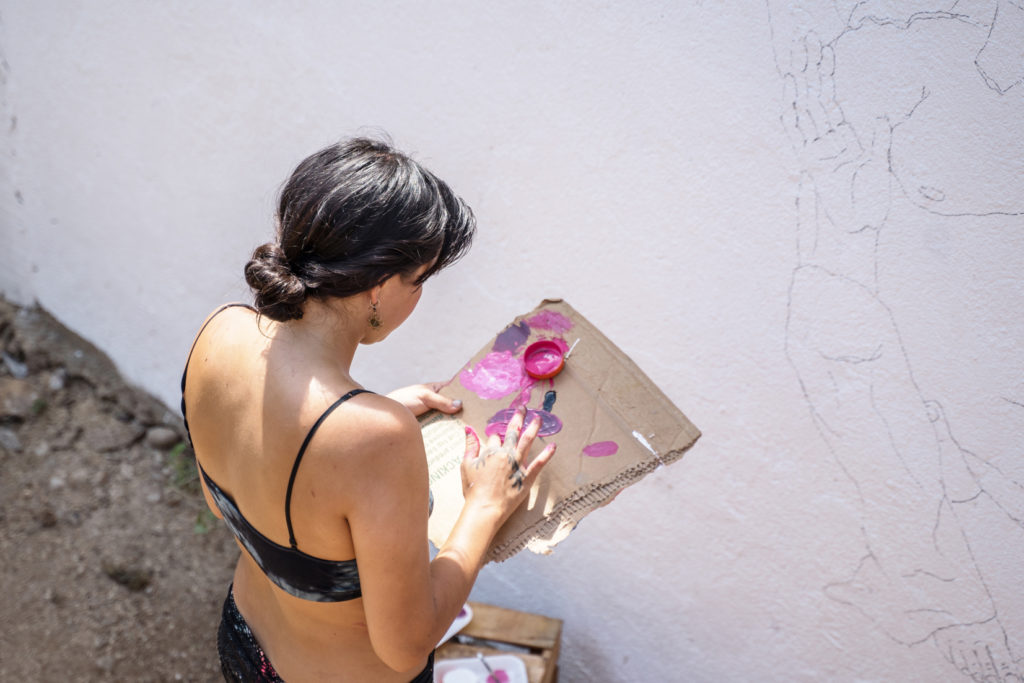
#3 – Use blogging to promote your art
Surprisingly, blogs are one of the best online marketing tools available. I thought blogs are outdated – but they are absolutely not.
Unlike the quickly disappearing content on social media, blog content stays relevant for much longer. Done right, your blog posts can become a constant source of traffic through search engines like Google.
The long-term results of blogging can help you to effectively convert traffic to art sales, higher visibility, and rankings, establishing trust among your audience – and these are only some of the benefits.
Make sure you provide value by offering your expertise and write about topics people actually look for – then blogging can become an excellent tool to promote your art online.
#4 – Keep your subscribers with you
One of the big disadvantages of social media is that many of your followers do not even get to see your content – and when the platform becomes outdated and a new one appears, it is hard to take all your followers with you.
However, when you are building an email list from day one, you are making sure to stay in touch with those interested in your work.
Email marketing is highly effective and will help you to become a successful artist without social media. Think about it, don‘t you pay way more attention to what lands in your inbox than what you see on social media? Plus, the people subscribed to your newsletter tend to be your most loyal fans – which means that they are also more likely to support your art business, purchase your products or hire you.
Integrate sign-up forms in various places on your website so people do not leave forever when they leave your page – if they subscribe, you have a brilliant way to encourage them to keep coming back.
Here’s an example how to do this: As people enjoy your page, kindly ask them to sign up to not miss out on the beautiful things you have to offer. 😉
#5 – Contact your dream clients directly
A big worry when quitting social media as an artist is where the clients will come from. But we often underestimate the potency of personal contact.
Instead of waiting for clients to find you, why don‘t you reach out to them? Spend some time thinking about who your ideal clients – companies, art collectors, art directors – in your niche are. Don‘t be shy to contact them directly!
Politely send an email, call or even mail a PR sample, explain why you would love to work with them, and attach work samples or a link to your portfolio. Even if they do not have an opportunity for you right now, they might get back to you later.
Do not let the bit of extra effort scare you off. In my personal opinion, it is way better to make an effort to be hired by your dream client instead of being hired just because.

#6 – Open an online art shop
If you are trying to be a successful artist without social media, product sales are likely a big part of your business. You could be offering original artwork, prints, or merchandise.
Make it easy for people to buy artwork online – if they have to email you first to inquire about prints, the hurdle is much bigger.
If you are willing to invest a few coins into selling your art online, setting up your own e-commerce store on your website is the way to go. Otherwise, there are many free platforms like Etsy or Redbubble to get started selling your art.
Again, your newsletter can be a great tool to get repeat customers – inform them regularly about shop updates and new products.
Connect locally to get your art seen
We live in a global world, but many big businesses start locally. If you get your name out there, people who are familiar with your art are likely to recommend you – local trust goes a long way.
Read on for how to sell your art locally – all without using social media.
#1 – Make personal connections
Ahh, networking. To introverted artists like me, that word alone can be enough to make you want to run far, far away and never come back.
However, knowing how to make and use personal connections is essential to any kind of business. While to some people it comes naturally, others need to try a little bit harder.
But it doesn‘t have to be all dreadful. You can simply start by talking to your friends and family:
- let them know which services you offer,
- ask them to recommend you to others,
- encourage them to let you know when they hear about any art opportunities in their social or professional circles
Word-of-mouth is powerful. As humans, we trust those who we know. And simply by talking to people, you might find out that they are looking for exactly what you are offering. A lot of artistic opportunities show up by just getting the word out there.
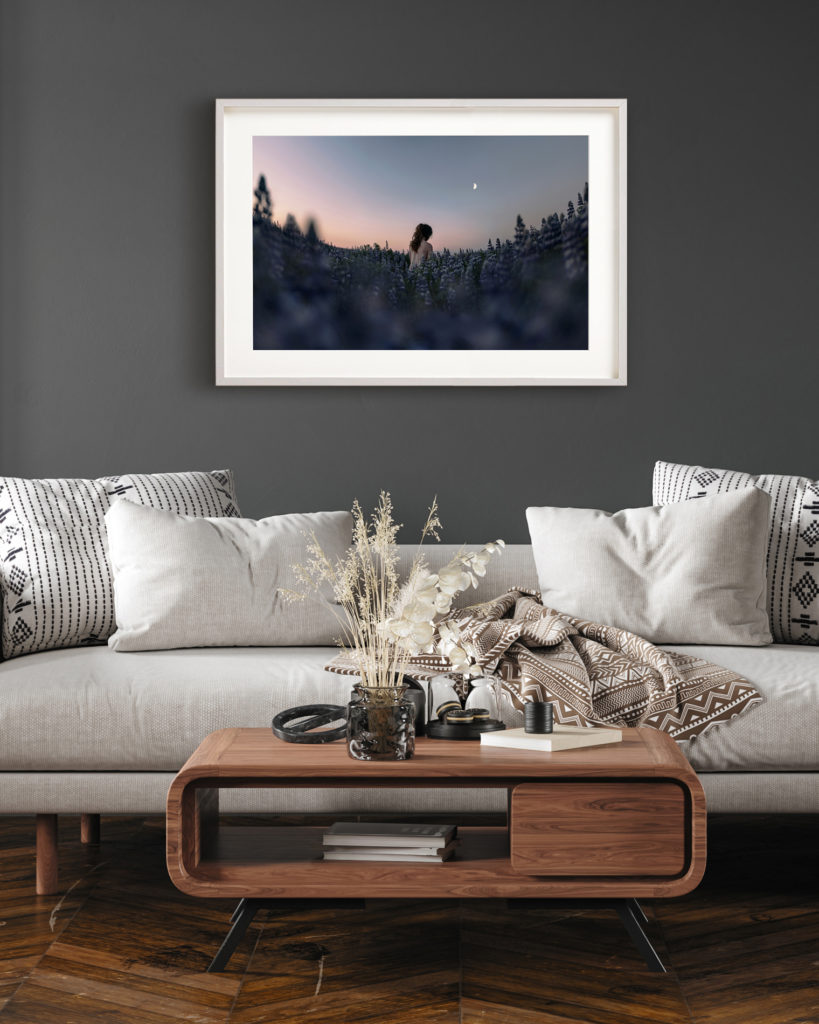
#2 – Get your art into local galleries
Remember how people used to sell art before social media and the internet? Ah yes, galleries. They are still around and still a great way to get your art seen, especially to art enthusiasts who are actually interested in buying your art.
As a beginner artist, reaching out to galleries trying to get represented can feel scary, but it is still not impossible. Whether you have had your photography or paintings exhibited before or not, be professional, be confident, and do not give up after the first attempt.
Galleries are constantly looking for fresh and upcoming work and many smaller galleries are willing to represent more unknown artists, too. A gallery representation can often be the beginning of a successful career as an artist, opening up a wide range of opportunities and contacts.
#3 – Sell your art locally
There are many ways to get into selling your art – start small and think local.
You could have your stand at local craft markets or organize your own pop-up exhibition.
Use existing businesses to market your art and sell your products. If you are only looking to get your art exhibited, great places to start are cafés, libraries, or even banks. Many of them are looking for gorgeous artwork for their spaces which can be a great way to make a passerby notice your work.
Additionally, you can collaborate with local businesses to sell prints and merchandise with your designs or photographs on them. Contact gift shops, stationery shops, bookstores, etc. to inquire whether they would be interested in selling your products.
#4 – Connect with other artists
Find your local art tribe! Don‘t be afraid to value community over competition. When we work together, we work best.
By getting integrated with your local art community, you are making sure to stay up to date about what‘s going on in the art market, hear about opportunities and collaborate with other artists.
There is enough space for everybody. As lone wolf you won‘t be getting far – community is key.

#5 – Open your own art studio
Ready to go all-in? Open your own art studio and welcome the public in. This requires a certain level of professionalism, of course, but if you want to be the local go-to place for art, it can be a smart move.
How do you imagine your dream space? Your own art store can be your space to fully express yourself. You get to decide whether you want to have visitors get to see your art process, whether you want to focus on selling products or original artwork.
If you are unsure about doing it all by yourself, you could also invest in a shared studio space with other artists, open to the public. This means you can help each other out by multiplying the appeal by exhibiting several types of art and getting your names out there together.
Become a successful artist without social media and let other people do the work
Wait, what? Well, not all the work. But if you as an artist do not want to use social media for whatever reason or not bother with networking, there are ways to outsource those tasks to other people. Getting help is no shame – it will only make your art business more effective and give you the peace of mind you need for making great art.
#1 – Outsource your social media presence
Maybe you do not want to spend endless hours on Instagram and Facebook, but still believe that having a social media presence is important for being a successful artist. A valid option is to simply outsource that part of your marketing to a social media manager.
Don’t have the time and energy to maintain a strong social media presence? There are many good reasons to outsource your social media marketing. If you are an artist first, maybe marketing is not your strength and it can be better to leave it to an expert.
Outsourcing comes at a cost, but it frees other precious resources that allow you to create more and better art instead of wasting your time on Instagram.
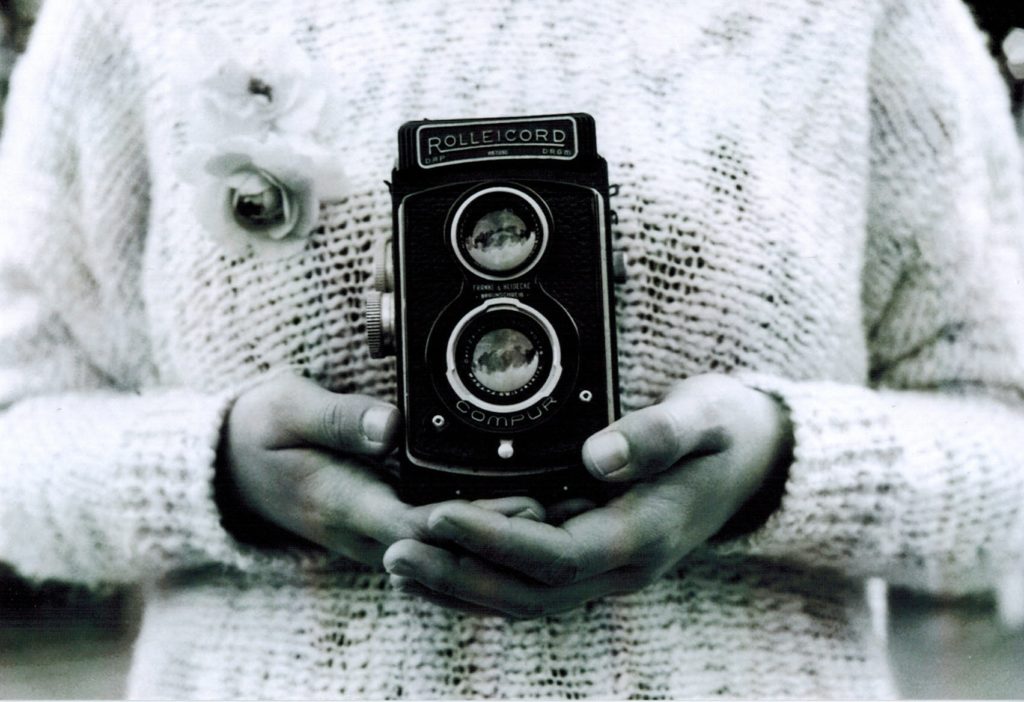
#2 – Work with an agency
There are different types of agencies for photographers, illustrators, and designers. The great benefit of working with an agency is that they handle a lot of the business negotiations for you.
Of course, you will not be the only artist represented by them, so they will not be giving all client jobs to you, but agencies have a great network that you can benefit from.
Working with an agency, being present on social media is not really necessary for finding new work. Usually, agencies will help you to have a consistent stream of income and free you from having to bother with too much marketing work.
Conclusion: Can you be a successful artist without social media?
Yes, you can! I believe in you.
Let me summarize the main takeaways from this article:
- have a strong online presence
- use existing online marketing tools like newsletters, SEO, and blogging
- sell your art on- and offline
- connect locally
- consider getting help with the marketing
Was this post helpful for you? Subscribe to the newsletter here to stay in touch and share this article with your artist friends (especially if they are fed up with social media, too). I appreciate your support!


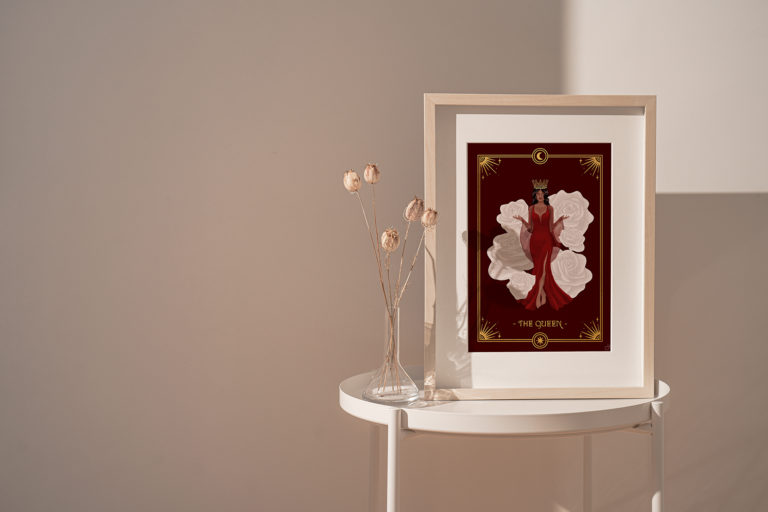
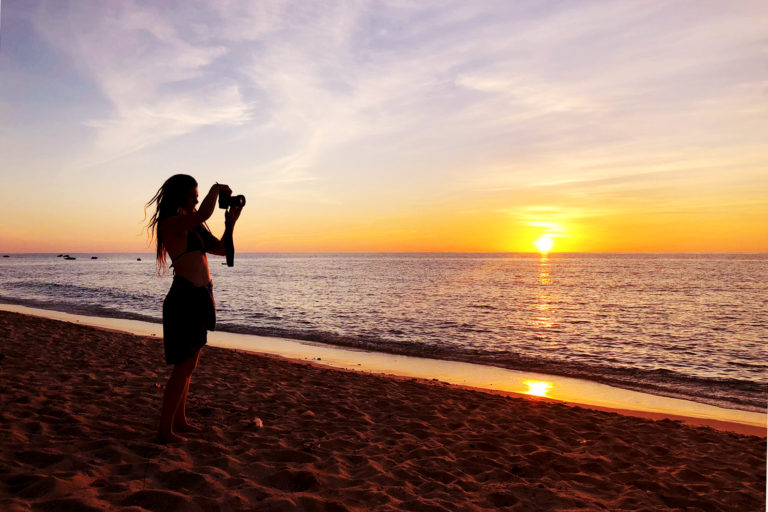


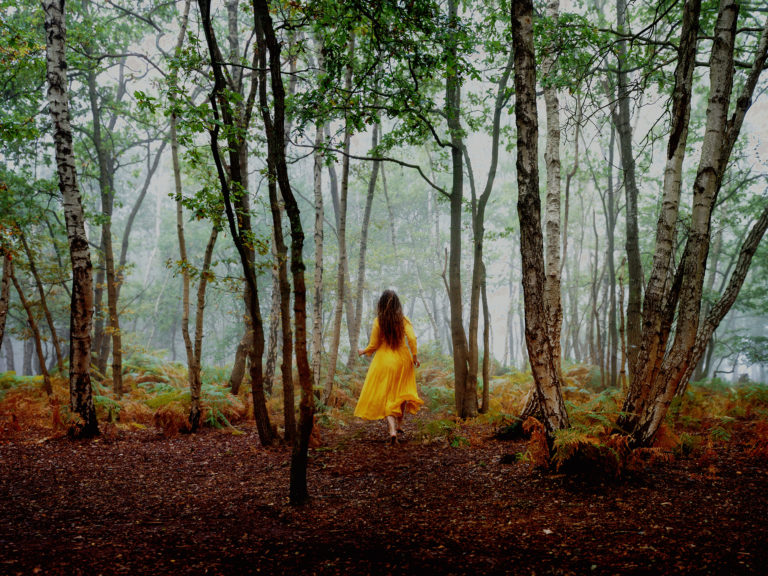
This post was incredibly helpful, thank you! As I am starting an online shop I’m seeing how useless and toxic social media is (for me). I’ve had friends tell me to sell local, and I’ve cringed at it. This is only because my Dad tried to do that for 20 years and had very little success. But it doesn’t hurt for me to try (and to learn from his mistakes). We have so many more options these days too, so many more ways to connect, that selling in shops and the craft fair circuit aren’t the only ways to survive as an artist. There are definitely more ways to thrive!
Dear Jenn, thank you for your comment and for sharing your story. Yes, I also feel that social media takes a lot of time and energy, yet offers little return. It’s great you’re trying to focus your attention elsewhere. Also, don’t let your Dad’s story define you – just because things didn’t work out for him doesn’t mean it has to be the same for you (if anything, aspire to have the same persistence as him, 20 years of believing in his dreams is wonderful! Maybe only a few things would have needed to be tweaked to find success, who knows). I’m wishing you the very best for your online shop and all other business goals you’re pursuing! 🙂
Much love, Anna
So happy to stumble across this post. Social media for me has seemed defeatist and toxic and also as the only way to sell. I hate having to keep up a persona as well as the full-time chore of posting regularly. Thanks so much for this.
Thank you for reading! I don’t think you necessarily need to keep up a persona – I really believe in the power of authentic & vulnerable sharing – but I do understand your frustrations very well. Wishing you all the best!
Thanks for all the realistic tips. Some articles are too log and complicated.
I will give some of these a try. Looking forward to reading more.
Thanks, Theresa! Hope some of these tips will be useful for you 🙂
What a fantastic article! Social media has single-handedly made me lose interest in my art as I was prioritizing making quick reels from something that took me months to make, and I wasn’t making any money from it. Will definitely muster up the courage to contact a local gallery. I love my work and my niche and it needs to be shown. Thanks for giving us artists realistic tips! I also wanted to create merch from my paintings, but I’m not sure where to start. Any help would be appreciated.
Hello friend, glad you enjoyed the article! Yes, creating reels can be very time-consuming – it can be a valid strategy for getting your art seen but it shouldn’t suck the joy out of your creative practice.
For getting started with merch, I’d recommend a print-on-demand service. It’s pricier than ordering large quantities but allows you to put out your feelers and see how much demand there is without investing big sums + holding a lot of stock that might not sell. Also ask yourself what kind of products your art would go great with and which product you would love yourself. T-shirts? Notebooks? Cups? Not every art is suited for every product, I’d rather offer less (not the whole PoD array) but really compelling products that speak to you and your audience.
I’m definitely no expert on merch but if there’s anything else I can help you with feel free to ask 🙂
Best, Anna
Late to this, but what a wonderful, liberating read. More people need to see this, and when I have finished building my website I shall feel honoured to link to your work!
I too had great success at flickr and etsy back in the day, too, I wonder if we were contemporaries at that time?
One very pleasant thing to note: after reading the excellent comments on your blog, there isn’t one like or upvote button.
How refreshing!
How our brains have been negatively shaped by these positively pointless things! I agree wholeheartedly that we need to take control again, built dedicated web spaces for ourselves as artists, and create an enormous web ring of links without any corporate bullying.
Hi Louisa!
aww, how great to hear you were also on flickr back then! Who knows, maybe we were in the same bubble, yes <3 I'm still feeling nostalgic for that time haha.
And thank you so much for your kind, encouraging words. I'm really happy to hear you enjoyed the read and took something valuable from it.
All the best 🙂
Anna
Do you have a website creator/builder that you prefer over others?
Personally, I’m a big fan of WordPress even though, admittedly, it has a bit of a learning curve. If you’re looking for a super simple setup, I’d rather recommend something like Shopify (especially if you’re looking to establish your own shop) or Squarespace.